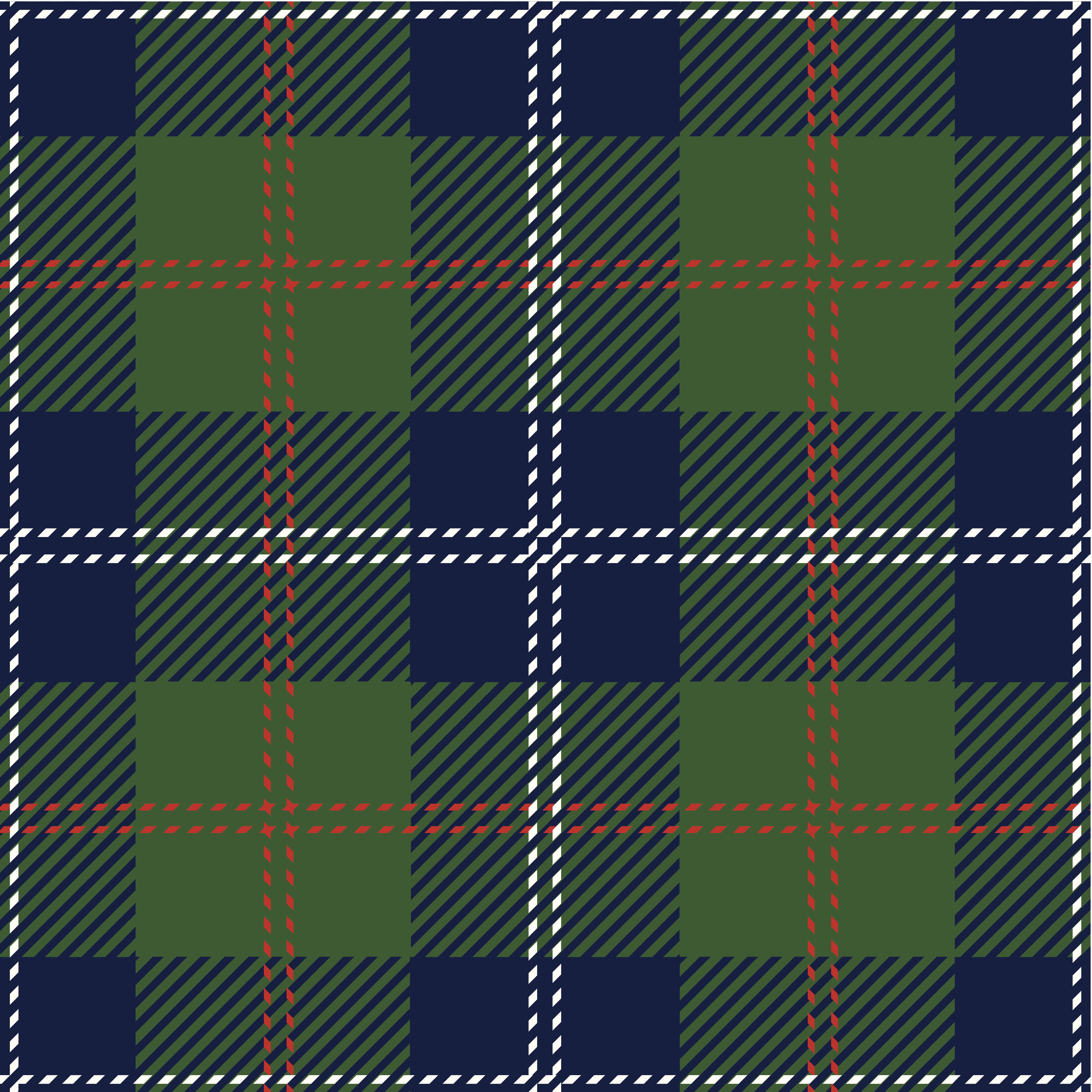A few of our favourite things…
Today is a big day here in the UK, as we’re voting in a referendum to decide our future in the European Union. A lot’s been said on both sides of the debate, so we won’t repeat any of the arguments for or against Brexit.
Instead, lets focus on the rich and fascinating cultures of both the UK and Europe. And who better to ask about their favourite things about them than our lovely staff?
Our colleagues from overseas have come up with some interesting things they love about the UK:
Nikolay (Bulgaria) – I ♥ British humour and specifically panel shows! Can’t get enough of “Mock the Week”, “QI”, “Would I Lie to You?”, “Have I Got News for You” etc.
Pablo (Spain) – People’s politeness and patience. In crowded places like in the centre, underground or the streets full of cars, is where you can notice it the most. The only way you can survive from bursting into a full crisis is with both qualities. I really really love that.
Sandra (Poland) – For me it is the Sunday roast, and fish and chips. Living with a lovely bunch of friends who love to cook means that I get to discover some great British dishes, and also that I love to have gravy with almost every meal!
Aditya (India) – I enjoy the British weather, in particular that I love the rain and cloudy weather! Originating from Delhi and having also lived in Dubai, I am rather fed up of the heat/sun.
Ioana (Romania) – Before I came to Britain I thought the idea of tea and milk is disgusting. Now I’ll have a cuppa if I’m sad, happy, with friends, by myself, in the morning or in the evening, there is just something incredibly comforting in a hot cup of tea. Especially on rainy days.
And here are some thoughts from our British colleagues…
Brett – I think the obvious one here is pizza!
Phil – European beaches are the best 🙂
Simon – I visited the Sagrada Familia on my recent trip to Barcelona, and it is an absolutely incredible building, with exceptional architecture.
Safia – I love Italian hot chocolate, you can eat it with a spoon!
Liz – The pain au chocolat… it’s a miraculous culinary invention that brightens up the dullest morning…!
Over to you! Brits – what do you love about Europe? And non-Brits, what’s your favourite thing about the UK? 🙂
The weird and wonderful language of tennis
I’m not generally much of a sports fan, and the less said about my sporting ability – or lack thereof – the better… but I do love a good tennis match. I’m a regular supporter of the British Davis Cup team (which is a lot more fun since they started winning; our humiliating weekend in Lithuania back in 2010 is, thankfully, a distant memory). I’m going to the US Open for the first time this autumn (squeal), and don’t even try booking me for any social engagements during Wimbledon fortnight – if anyone needs me then, I’ll be in front of the TV drinking Pimm’s, eating strawberries and cream and biting my nails every time Andy Murray’s on court.

Wimbledon, summer 2013
Like any sport, tennis has its own unique language and growing up watching it on TV, I had to get fluent at an early age. Besides a frankly baffling scoring system (15, 30, 40, advantage… it makes no sense at all) the game features a good few terms that may not mean a lot to newcomers, and take a while to get used to. So as the French Open comes to a close and we look ahead to the grass court season, here’s a quick guide to Tennis-ese for the uninitiated:
Love: ironically this is not something you want in a tennis match, because ‘love’ means a score of zero points in a game (or games in a set). It’s generally assumed that this comes from the French word l’oeuf, which means ‘egg’ – the same shape as a zero.
Deuce: when the score reaches 40-40 in tennis (3 points each), one player must score two consecutive points in order to seal the game. If they only manage one, the score returns to deuce, and keeps doing so until someone wins the game. ‘Deuce’ could derive from deus, Old French for two, or from à deux de jeu (‘two points from the end of the game’)… and yet, ironically, in France 40-40 is referred to as quarante à the first time, then egalité after that.
Let: when a player serves, the ball must pass over the net and bounce in the service box diagonally opposite. If it goes into the net, or misses the service box, this is a fault; do two faults in a row and you forfeit the point. But if the ball touches the net and still lands in the correct service box, this is called ‘let’. Nobody seems quite sure why, although one possibility is that it’s a shortened version of the French word for ‘net’, filet. Or it could just be because if this happens when you serve, the umpire lets you try again as many times as you need to 😉
Bagel: depending which side of the net you’re on, this is either something to celebrate or a very, very Bad Thing. A bagel occurs when one player wins a set 6-0. If this happens twice in a match it’s a double bagel. I’ve also heard a set that’s been won 6-1 referred to as a breadstick. Who knew so many tennis terms were named for the shape of food?
And finally, a couple of tennis terms with less interesting linguistic origins:
Break and Hold: the players in a tennis match take it in turns to serve. If a player wins a game on their own serve, this is called ‘holding serve’ or just ‘a hold’. On the other hand, if they manage to win a game when their opponent’s serving, this is called a ‘break’, or ‘breaking their serve’. To win a set, a player must be ahead by at least two games, so a break often proves crucial. During a tiebreak, you can also get a ‘mini-break’, which is not, as one might suppose, a short holiday but just means you’ve won a point on your opponent’s serve.
Ace: a serve that goes in but is untouched by the opponent’s racquet, automatically winning the point for the server. John Isner currently holds the record for the most aces in a match, at 115, but then again, that was also the longest singles match ever played – 11 hours, 5 minutes – at Wimbledon 2010, so perhaps it’s not so surprising.
These are just a few examples of the weird and wonderful language of tennis. What’s your favourite tennis term? And – far more importantly – who will you be cheering for at Wimbledon this year?
Liz
Can you write a language limerick?
Today is apparently National Limerick Day. We had no idea this was a thing, but since it is, we threw out a challenge to the EuroTalk office to write a language limerick – and we now extend that challenge to you 😉
A limerick is a five-line poem in which the first, second and fifth lines must all rhyme, as must the third and fourth. Edward Lear is probably the best known writer of limericks; here’s one that was published in his Book of Nonsense in 1846:
There was an Old Man with a beard,
Who said, “It is just as I feared!
Two Owls and a Hen,
Four Larks and a Wren,
Have all built their nests in my beard!”
So now it’s your turn – can you write a language inspired limerick? Add them in the comments or send them to us on Facebook or Twitter, and we’ll share our favourites!
Here are a few that we came up with, to inspire you:
Safia
Fell in love with a girl who spoke Saami
Asked her out but it sounded quite barmy
EuroTalk to the rescue
Their language apps help you
Get the girl of your dreams in a jiffy
Steve
A very nice geezer called Paul
Got lost on the way to Nepal
He learnt some Chinese
uTalk made it a breeze
But he got eaten by a tiger in Bengal
Nikolay
A bloke from the Isle of Man
Was travelling all through Japan
He wanted some noodle
But ordered a strudel
For he wasn’t a languages fan
Luke
There once was a man called Ray
Who travelled a very long way
He thought “now I’m here,
I’ll order a beer”
But Ray wasn’t quite sure what to say
Over to you – have fun!
10 famous faces who speak other languages
We’ve posted previously about movie and sport stars who speak other languages. But it turns out they’re not the only famous linguists, so here are a few more. Prepare to be impressed…
Audrey Hepburn
There was much more to the star of Roman Holiday and Breakfast at Tiffany’s than her movie career. Audrey Hepburn was well known for her charity work with UNICEF, and after spending her childhood in Belgium, Britain and the Netherlands, she was also fluent in English, Dutch, French, Italian, Spanish and German.
Rita Ora
Rita Ora was born in Kosovo (then called Yugoslavia) to Kosovar-Albanian parents, moving to London when she was a year old. The pop star, model and X Factor judge speaks Albanian fluently and is proud of her heritage; last year she was named an honorary ambassador for the Republic of Kosovo.
Ellen Macarthur
Former yachtswoman Dame Ellen Macarthur learnt to speak French when she was 21 and living in a French boatyard while she prepared for a solo transatlantic race. She’s now fluent and says she would never have been so successful in her career without knowing the language, which helped her build relationships with other sailors and gain sponsorship.
Eddie Izzard
Comedian (and record-breaking marathon runner) Eddie Izzard is currently touring with his stand-up show Force Majeure, which he performs three times a night, in three languages: French, German and English. In 2014, he was named the Guardian’s public language champion, and told the newspaper: “There’s a political basis for me to learning other languages, because if we don’t come together in the world then the world’s not going to make it.”
JK Rowling
JK Rowling studied French and Classics at university, and when she came up with the idea for the Harry Potter series in 1990, she was working as a bilingual secretary for Amnesty International. She later moved to Portugal and split her time between teaching English as a foreign language and writing the best-selling books.
Mark Zuckerberg
The Facebook founder surprised everyone in 2014 when, during a visit to Tsinghua University in Beijing, he started speaking Mandarin – and continued for half an hour. Though his efforts got a mixed reception from the press, the audience seemed delighted – and we were pretty impressed, too.
Jon Heder
The star of Napoleon Dynamite is a member of The Church of Jesus Christ of Latter-day Saints, and served a two-year religious mission to Japan after high school, where he became fluent in the language. And though he now describes himself as “a little rusty”, he still sounds pretty good to us.
Tim Peake
Tim Peake is the first British astronaut to go to the International Space Station – but before leaving Earth he had to learn Russian (the language of the controls in the Soyuz capsule used to get to the ISS), and has described this as the hardest part of his 14 months’ training.
Tom Hiddleston
Okay so we already mentioned Tom Hiddleston in our last post, but frankly, we never get bored of listening to him speaking loads of languages – among them French, Spanish, Greek and Italian, plus some Mandarin, Russian and Korean. And he studied Latin at university…
Viggo Mortensen
The Lord of the Rings star was born in New York, but spent his childhood in Venezuela, Denmark and Argentina, leaving him fluent in English, Spanish and Danish. He also speaks some French and Italian, and understands Norwegian and Swedish.
Does your favourite celebrity make the list?
Tell us about your Tartan…
We were disappointed recently to find that – somehow – we had missed National Tartan Day. I know! We’ll do better next year.
Although you might think National Tartan Day is a Scottish endeavour, it actually stems from North America and seems to have developed into rather a massive Celtic festival. Which leads us to wonder, what exactly is tartan and why is it so important?
When we think of tartan, we generally think of a woven patterned cloth which belongs to a particular Scottish clan. Most clans will tend to have both a dress and hunting tartan, the hunting tartan being a sombre version made up of dark colours whilst the dress usually swaps a colour from the pattern out for white, making it much brighter. There is a lot of etiquette around tartan, and I for one would not try to wear a tartan that I had no connection with, sticking instead to the tartans from my family’s history.
Or, I might wear a Cornish tartan, because in recent times tartan has become increasingly used by regions, ethnicities and businesses. Cornwall’s tartan was created in the 1960s and has really caught on, being widely available on tourist knick-knacks and formal clothing. At a wedding I recently attended, the groom and best men were all wearing Cornish tartan waistcoats, and the Cornish tartan kilt is not an unusual site at a festival. What is perhaps especially nice about this regional tartan is that anyone Cornish is entitled to use it- there’s no difficulty in etiquette- and even if you’re not Cornish but want to celebrate Cornwall, you’re more than welcome to help yourself to some Cornish tartan, as long as you can stand the slightly weird and bright mustard yellow of it…

If you want to wear tartan but don’t really feel a particular affiliation with a particular clan, then a good option for British and Commonwealth citizens is the Hunting Stewart tartan which, being Queen Elizabeth II’s personal tartan, can be used by all of her subjects. The other good option is Black Watch, also known as Government Tartan, which is traditionally available to those who don’t have a tartan of their own.
Do you have a particular tartan you wear, or thoughts on tartan etiquette? We’d love to hear from you!
Nat





